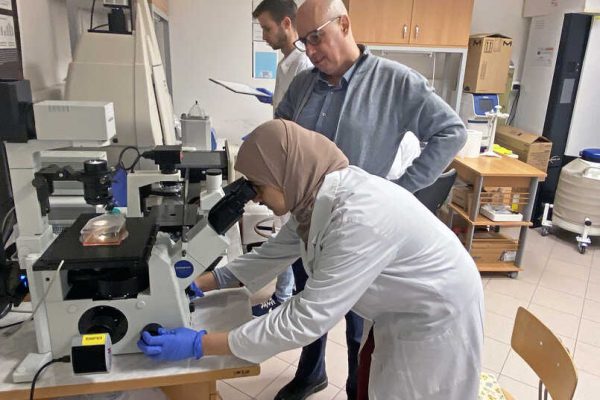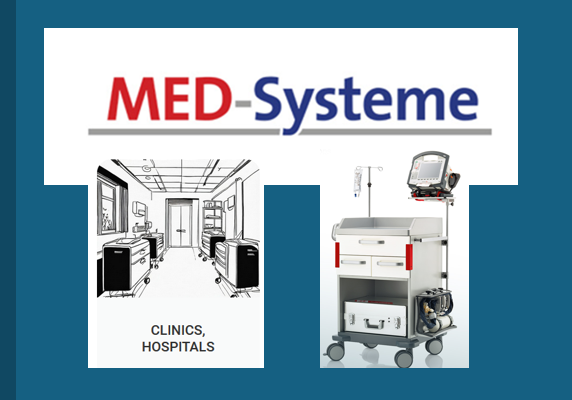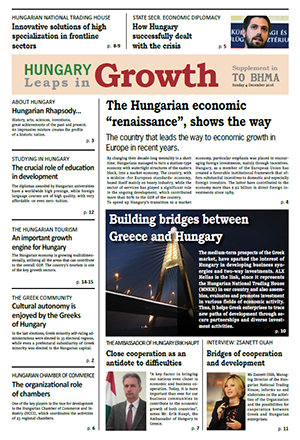Though there are numerous ways that technology can transform the lives of people around the world, there are few spaces where innovations are more significant than in the healthcare space. In healthcare, “adaptive” solutions allow those with disabilities to live an independent life without the constant presence of nurses and doctors.
6. The Cochlear Implant If you’ve been keeping up with technology in recent years, then you’ve probably seen the viral videos of children having their cochlear implant turned on for the first time. Originally perceived as little more than a sci-fi concept, the cochlear implant is now a commonplace solution for those with hearing issues. This device is incredibly innovative, and while it might not be new to the marketplace, the software and hardware involved continue to evolve to this day. The cochlear implant works by picking up sounds from a microphone, which are transmitted to a computer behind the ear, before being delivered to the implant itself. The device directly stimulates the auditory nerve, to help deaf people hear again.












